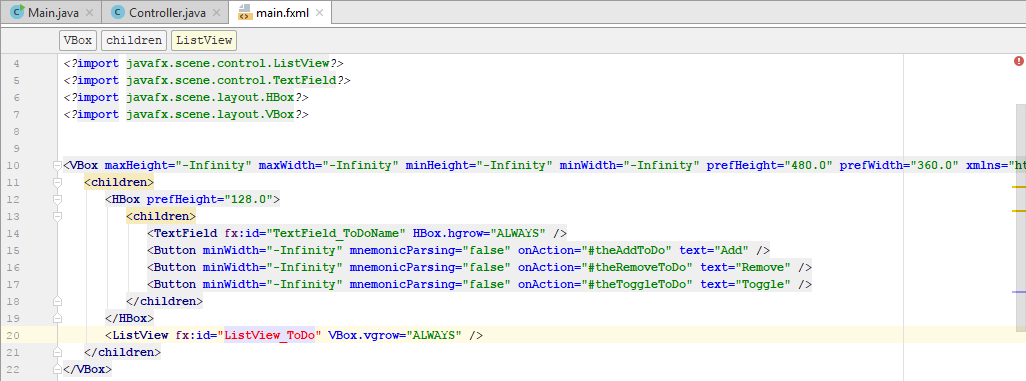In the ever-evolving landscape of UI development, JavaFX has managed to maintain its relevance and popularity, surprising many skeptics who predicted its demise. Despite the emergence of newer technologies and frameworks, JavaFX continues to be a robust choice for building modern and feature-rich user interfaces. In this article, we'll explore why JavaFX is still used in 2023 and the unique advantages it offers.
Cross-Platform Compatibility: One of the key reasons for JavaFX's enduring popularity is its cross-platform compatibility. Java is known for its "write once, run anywhere" philosophy. Developers can build desktop applications that seamlessly run on Windows, macOS, and Linux without major modifications. This cross-platform support is invaluable for businesses targeting a diverse user base.
Rich Set of UI Controls: JavaFX provides a comprehensive set of UI controls that enable developers to create modern and visually appealing interfaces. From basic buttons and text fields to advanced controls like charts and tables, JavaFX offers a wide range toolkit that fulfills a ton of application requirements. This richness in UI components makes JavaFX an attractive option for building applications with complex user interfaces, which is also why NASA uses it.

Integrated Graphics and Multimedia Support: JavaFX excels in handling graphics and multimedia elements, making it an ideal choice for applications that require advanced visualizations or interactive content. With features like 2D and 3D graphics, image handling, and multimedia playback, JavaFX empowers developers to create immersive user experiences. This capability is particularly advantageous for applications in fields such as gaming, education, and simulation.

Picture showing a periodic table build in JavaFX by Amir Ali Azimi, which you can find at https://github.com/AmirAli-AZ/PeriodicTable
Modern Architecture with FXML: JavaFX embraces modern design patterns, and its separation of concerns through FXML allows developers to design UIs in a declarative, XML-based language. This clear separation of UI and logic facilitates collaboration between designers and developers, streamlining the development process and promoting code maintainability. FXML is an excellent choice for building complex user interfaces with a clean and organized structure.

Open Source and Community Support: JavaFX is open source and benefits from a vibrant community of developers who actively contribute to its improvement. The open nature of the framework allows developers to address issues, propose enhancements, and collaborate on projects. The strong community support ensures that JavaFX remains up-to-date with the latest developments in the Java ecosystem and adapts to emerging industry trends.
The new open source version of it is called OpenJFX and you can find it at https://openjfx.io/
Mature Ecosystem and Documentation: JavaFX benefits from the maturity of the Java ecosystem, including a wealth of libraries, tools, and documentation. Developers can leverage existing Java libraries and tools to enhance their JavaFX applications, reducing development time and effort. Additionally, the availability of extensive documentation and tutorials makes it easier for newcomers to learn and adopt JavaFX.
JFX-Central: This is another modern JavaFX resource where you can see anything related to JavaFX ( https://www.jfx-central.com/ )

In a nutshell, JavaFX is still popular because it works on all sorts of computers, has lots of cool tools for making great-looking apps, can handle graphics and videos like a champ, has a smart way of organizing stuff, has a big helpful community, and is part of a big family of Java tools. So, if you're looking to make a cool app without too much hassle, JavaFX is definitely worth checking out!


